DIATOMS: INTRA AND INTER-VARIATIONS IN LAKES OF DELHI
In this study, water samples were collected from five different lakes of Delhi, from various directions. Diatom species were identified using different procedures and approaches. Diatoms are crucial in determining whether or not death was caused by drowning. When a dead body is retrieved from water, there is typically a suspicion as to whether the drowning was ante-mortem or post-mortem. In these situations, the presence of diatoms in the body tissues is very helpful for determining the cause of death. The present study revealed various diatoms such as Navicula sp., Cyclotella sp., Tricertium favus, Actinophychus sp., Nitzschia sp., Craticula sp., Surirella sp., Catacombs hantzschia, and Diploneis stauroneis.
INTRODUCTION
A diatom is a photosynthetic, single-celled micro-alga that thrives in water sources such as rivers, oceans, lakes, seas, bogs, and moist rock surfaces. They are the most prevalent types of phytoplankton. The scientific name for diatoms is ‘Bacillariophyceae’. The exquisite cell wall of diatoms, which is made of hydrated glass (SiO2.nH2O) and splits into two parts, known as frustules, is its most noticeable characteristic. The word ‘diatom’ is derived from the Greek words ‘dia’ for ‘through’ and ‘temnein’ which means ‘to cut in half’, and refers to a group of organisms whose cell walls typically overlap and interlock as symmetrical sides with splits between them. The silica frustules exhibit a wide range of morphological variations, with some being highly elaborate and decorative. Two main groups of diatoms are centrales (centric diatoms) and pennales (pennate diatoms). Pennate diatoms have bilateral symmetry i.e., the left and right halves are mirror images of one another whereas, centric diatoms have radial symmetry with sections spreading out from a central point. Diatoms have been divided into three classes in a more recent classification by Round and Crawford (1990): centric diatoms (Cosinidiscophyceae), pennate diatoms without a raphe (Fragilariophyceae), and pennate diatoms with a raphe (Bacillariophyceae). Diatoms are able to migrate over surfaces because of a structure called the raphe. Some of the characteristics of diatoms are:
- Unicellular organisms
- Autotrophic mode of nutrition
- Contain chlorophyll which gives them a distinct colour
- Contain a two-layered shell
- Asexual and sexual modes of reproduction
Diatoms are important in determining whether death occurred by drowning or not. Moreover, they help in determining whether drowning occurred post-mortem or ante-mortem. In many cases, presence of diatoms in the body tissues provide extremely valuable information for identifying the cause of death. Diatoms found in the water source (from where the body was retrieved) are compared to those obtained from the tissues to identify the scene of the crime.
Vaishali wahi
Contact Detail: vaishaliwahi15@gmail.com
Supervisor - Jaisleen Kaur


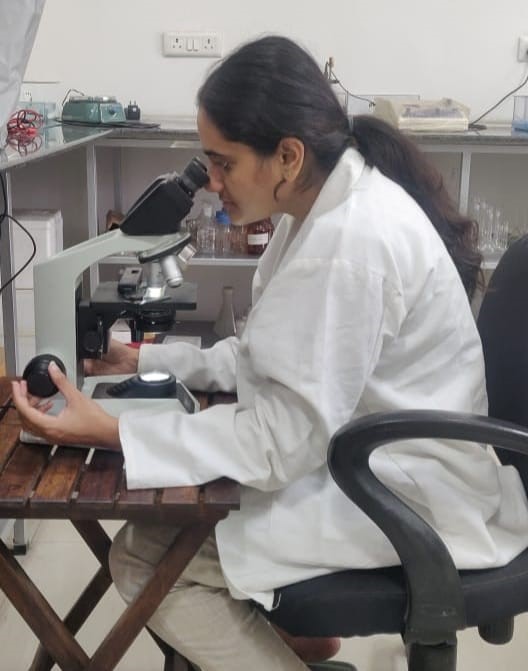
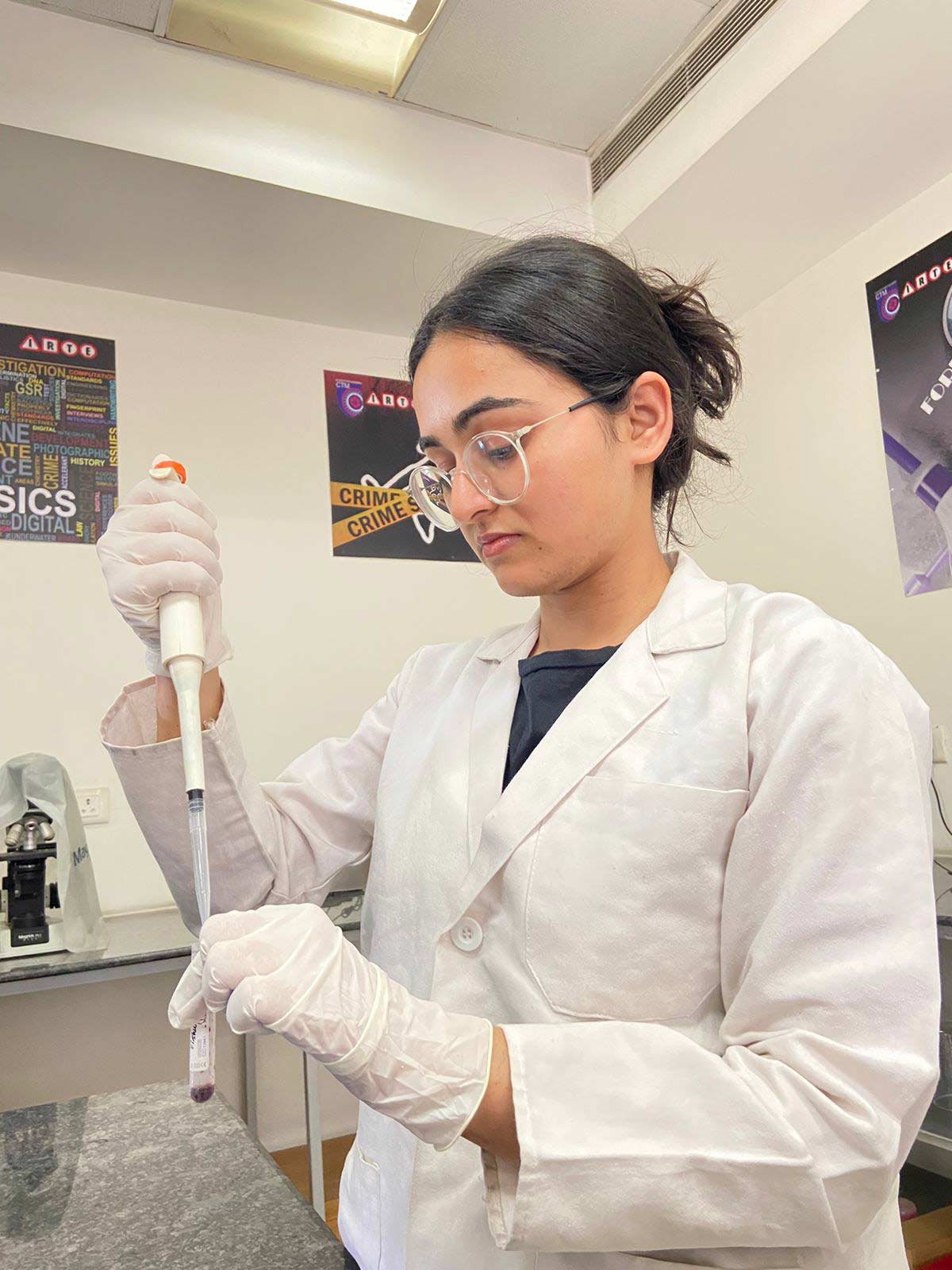
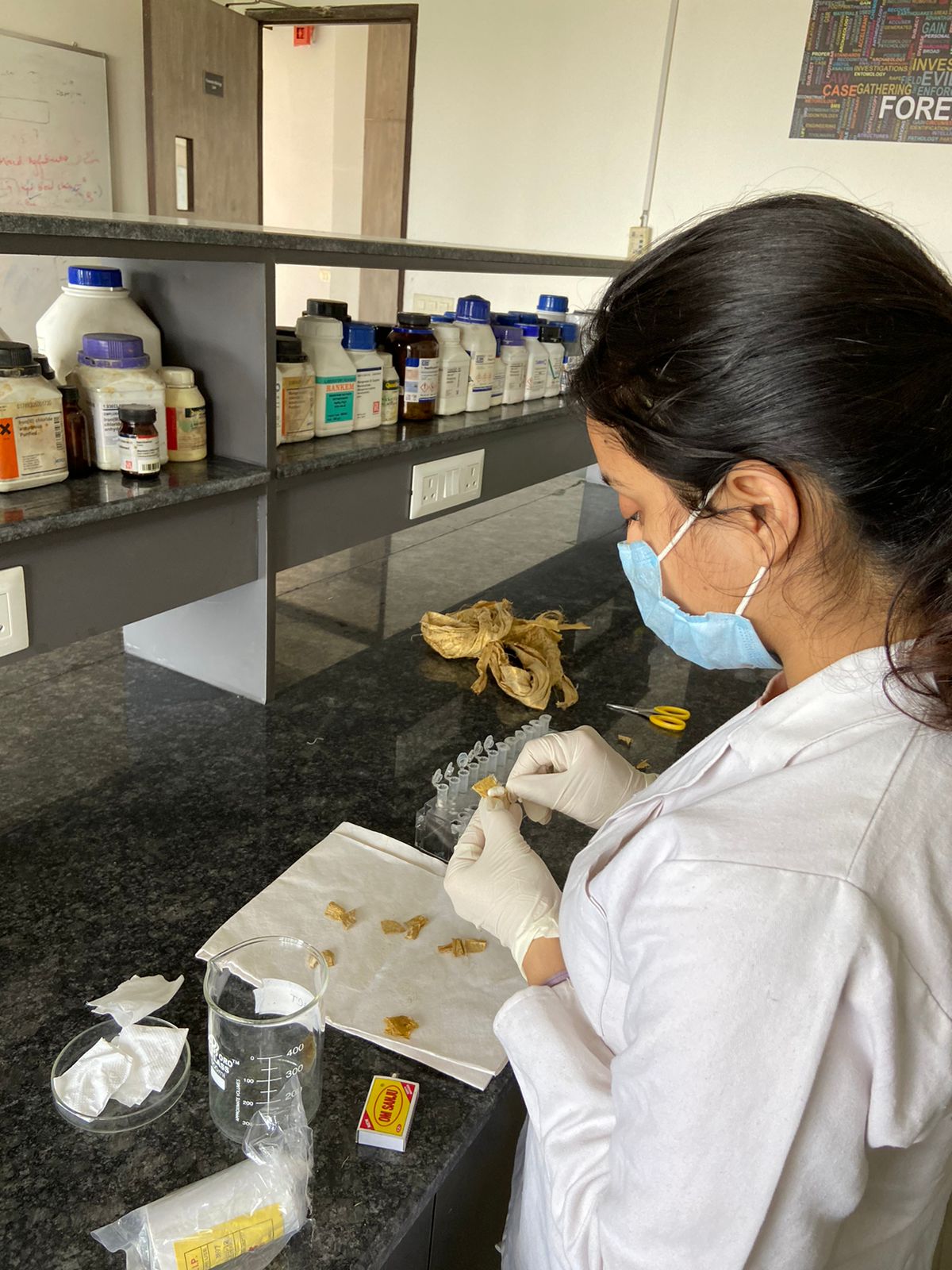
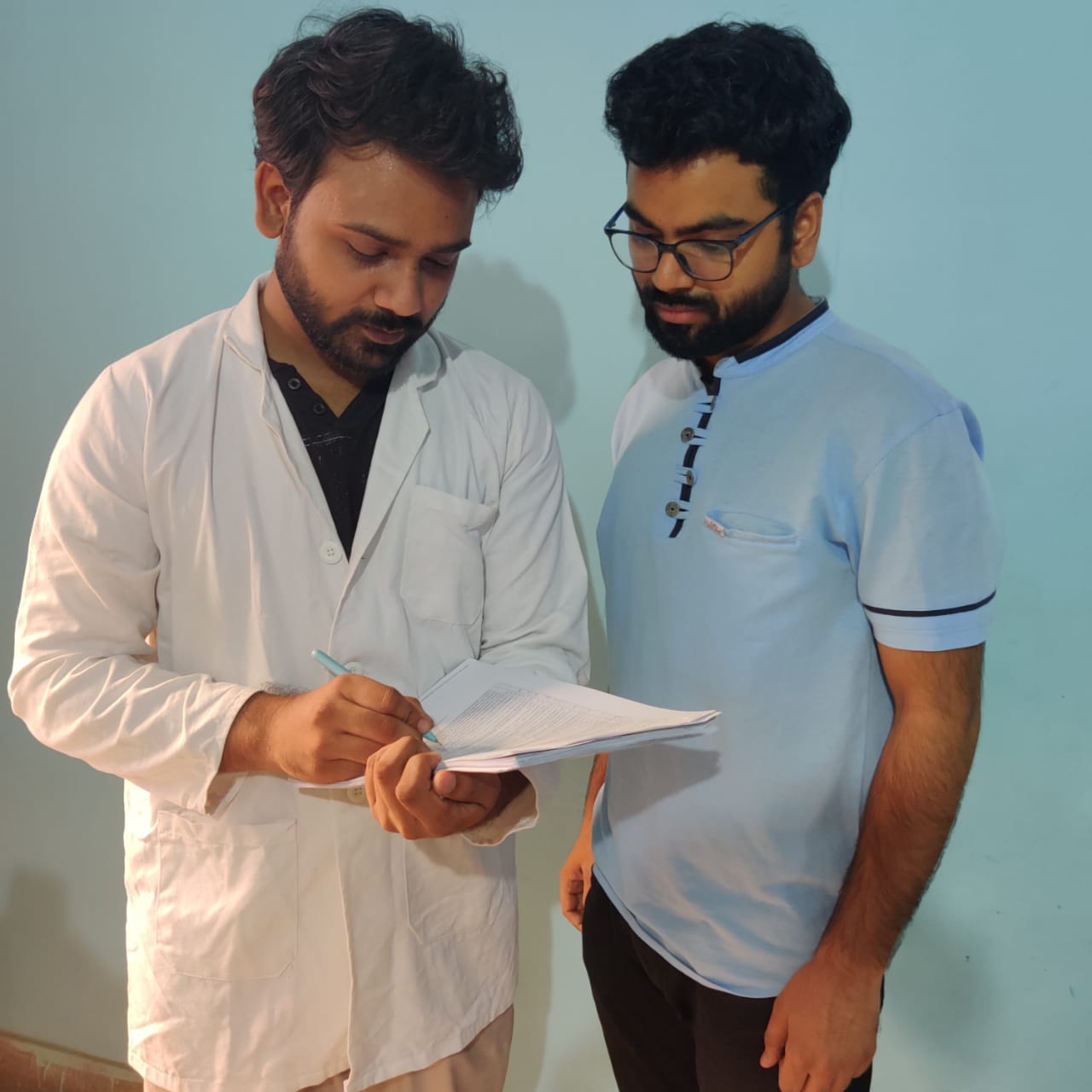

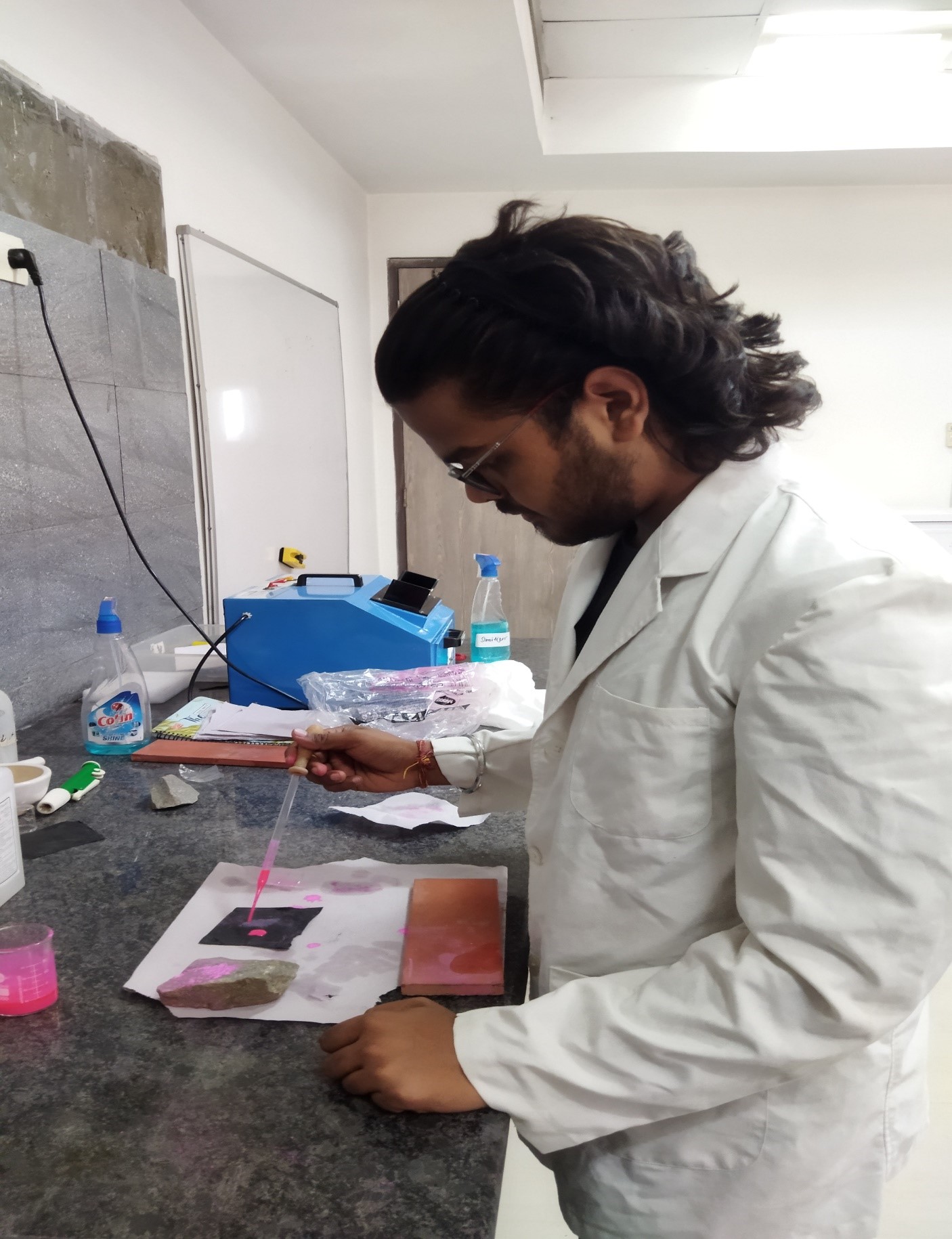
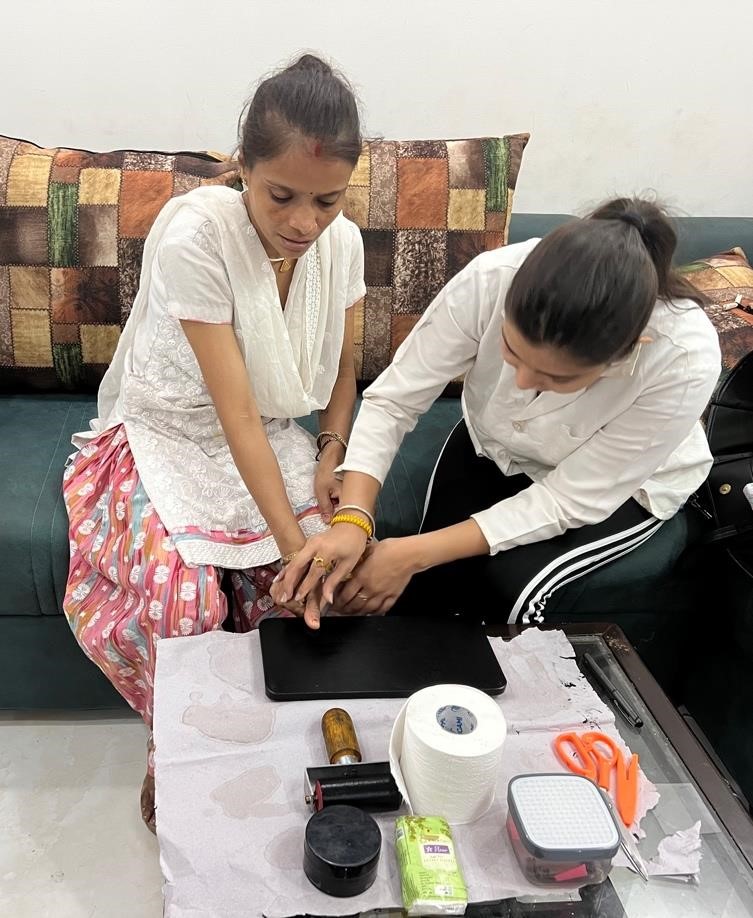
No Comments